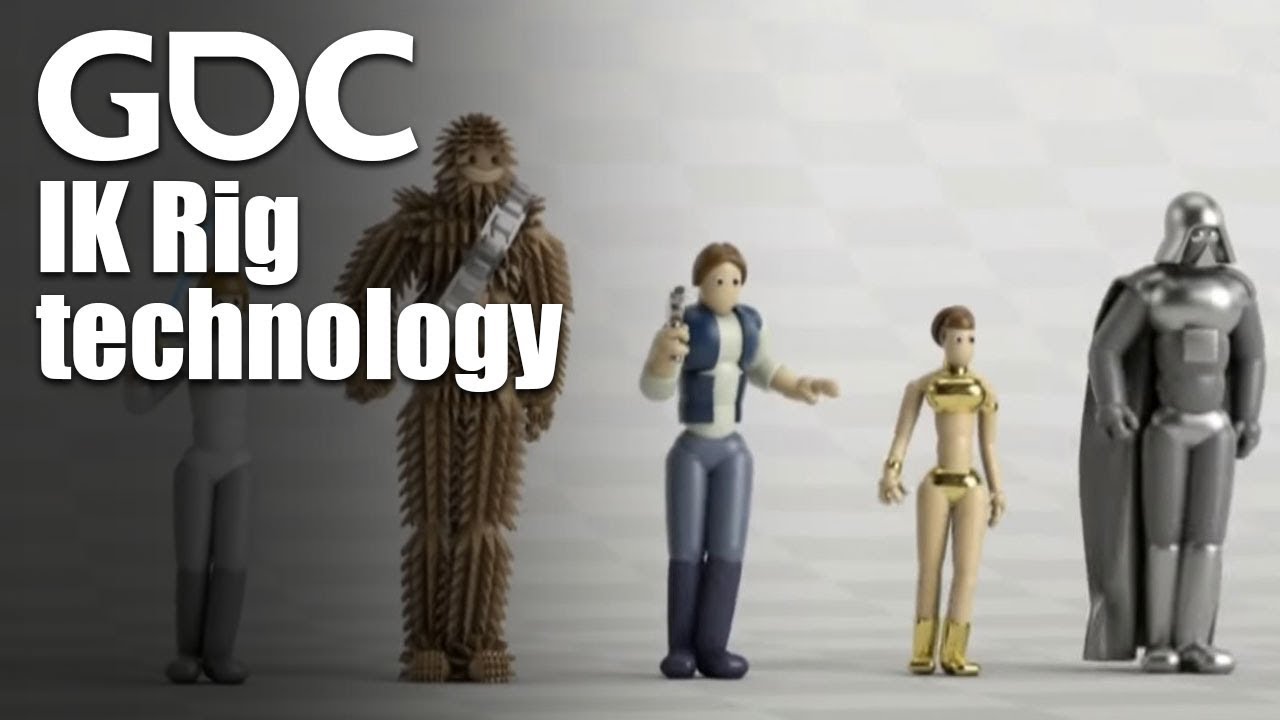Honestly I had issues with Urho’s IK, specifically it didn’t interact well with physics, though I don’t remember what exactly didn’t work at this point. As such, I just rolled my own - a two bone IK setup is fairly easy to implement, one bone is even easier (look at), and something like following a curve is reasonably simple as well. If you want, I could share some of what I’ve done with you (at least the two bone one), though don’t expect it to be particularly polished. If you look at my procedural animation project it’s basically a full body IK setup, though without any MoCap features.
I wouldn’t bother with trying to make it parallel until you know it’s an issue. Though as long as you don’t interact with the scene nodes (e.g. just stick to computing transform matrices) it should be relatively straightforward to parallelize.




